When Apple introduced the iPhone 5, many people were won over by the new Lightning connector. That's when the Cupertino giant showed everyone what it sees as the future and noticeably moved the options compared to the previous 30-pin port. At that time, the competition relied primarily on micro-USB, which has been replaced by the modern USB-C connector in recent years. Today we can see it practically everywhere - on monitors, computers, phones, tablets and accessories. But Apple is following its own path and still relies on Lightning, which is already celebrating its 10th birthday this year.
It could be interest you
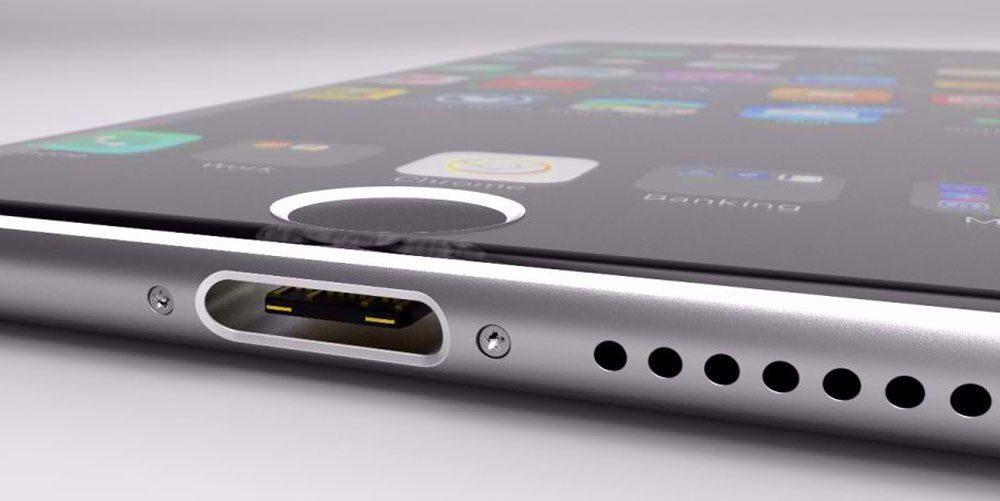
This milestone once again opens a seemingly endless discussion about whether it would not be better for Apple to abandon its solution for iPhones and instead switch to the aforementioned USB-C standard. As already mentioned, it is USB-C that seems to be the future, as we can find it slowly in everything. He is not a complete stranger to the Cupertino giant either. Macs and iPads (Pro and Air) rely on it, where it serves not only as a possible power source, but also, for example, for connecting accessories, monitors or for transferring files. In short, there are several options.
Why Apple is loyal to Lightning
Of course, this raises an interesting question. Why does Apple still use the practically obsolete Lightning when it has a better alternative at hand? We could find several reasons, with durability being one of the main ones. While USB-C can easily break the tab, which makes the entire connector non-functional, Lightning is much better and simply lasts a long time. In addition, we can insert it into the device in both directions, which, for example, was not possible with the older micro-USB used by competitors. But of course the biggest reason is money.
Since Lightning is directly from Apple, it not only has its own (original) cables and accessories under its thumb, but also almost all others. If a third-party manufacturer wants to produce Lightning accessories and have MFi or Made for iPhone certification for it, you need Apple's approval, which of course costs something. Thanks to this, the Cupertino giant earns even on pieces that it does not even sell itself. But USB-C otherwise wins on almost every front, except for the aforementioned durability. It is faster and more widespread.
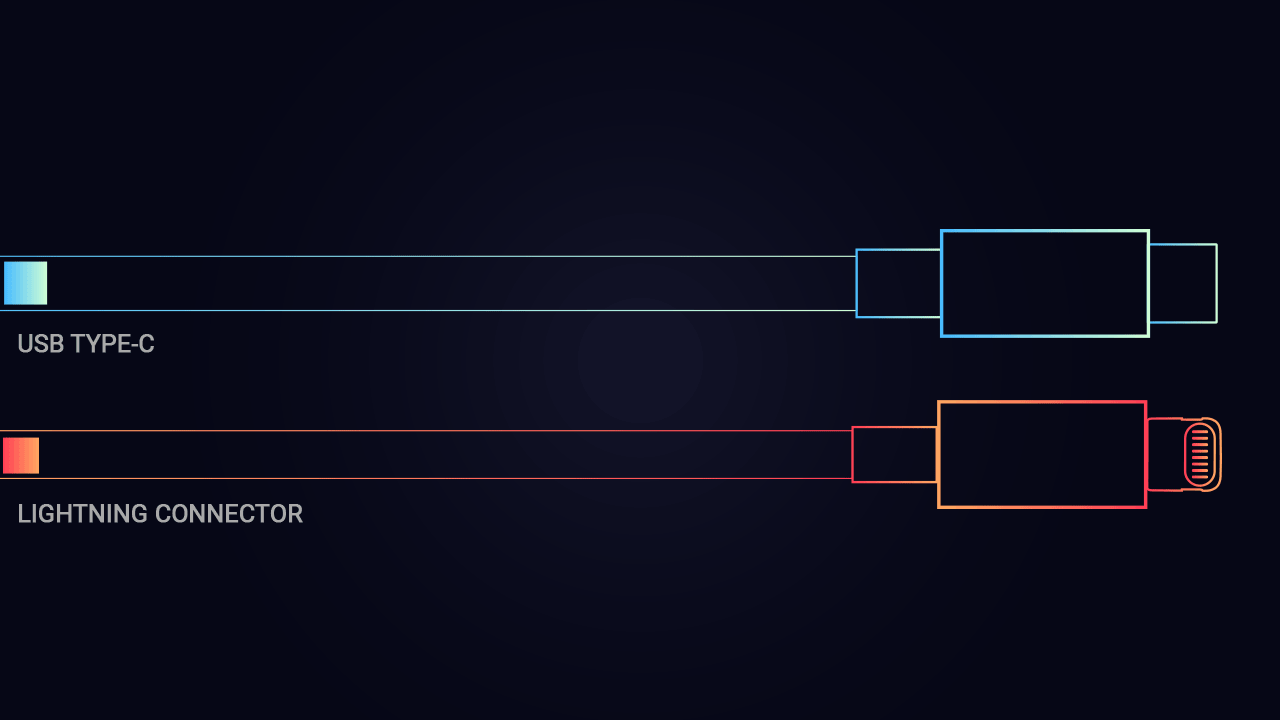
Lightning must end soon
Whether Apple likes it or not, the end of the Lightning connector is theoretically around the corner. Given that this is 10-year-old technology, it may have been with us longer than it should have. On the other hand, for the vast majority of users, this is a sufficient option. Whether the iPhone will ever actually see the arrival of a USB-C connector is also unclear. More often, there is talk of a completely portless iPhone, which would handle power supply and data synchronization wirelessly. This is what the giant could be aiming for with its MagSafe technology, which can be attached to the back of Apple phones (iPhone 12 and newer) using magnets and charge them "wirelessly". If the technology is expanded to include the mentioned synchronization, of course in a reliable and fast enough form, then Apple will probably win for several years. Whatever the future of the connector on the iPhone turns out to be, it is necessary to take into account the fact that until a possible change, as Apple users, we simply have to be content with slightly outdated technology.
It could be interest you
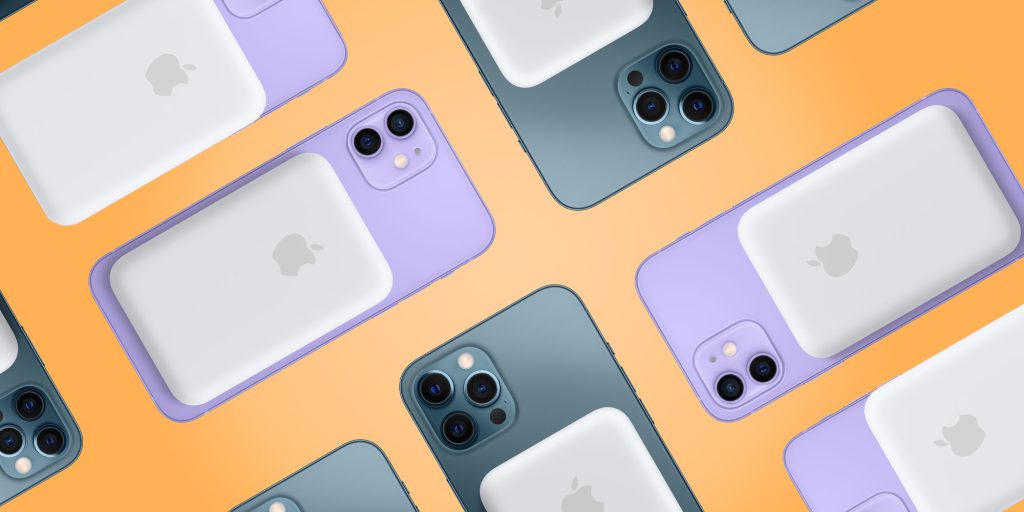
 Flying around the world with Apple
Flying around the world with Apple 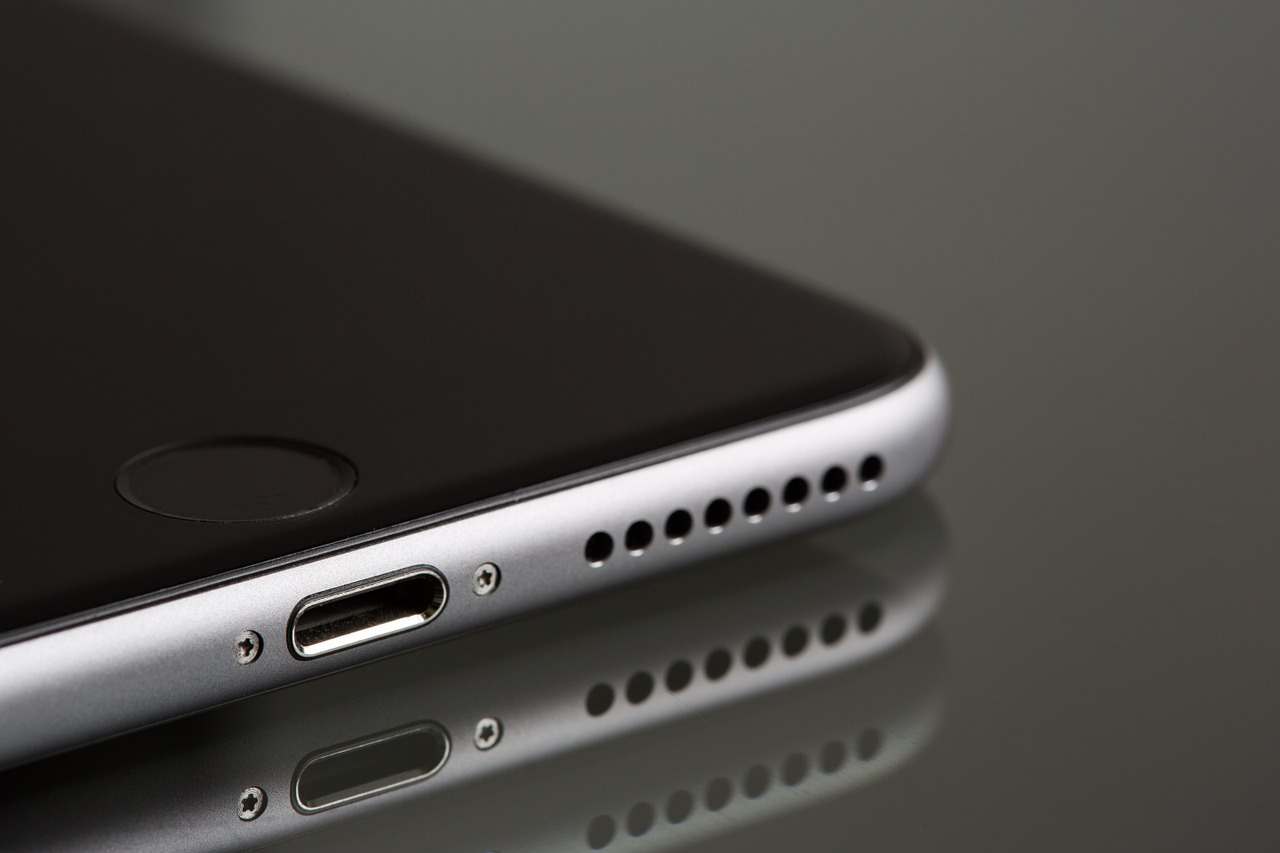
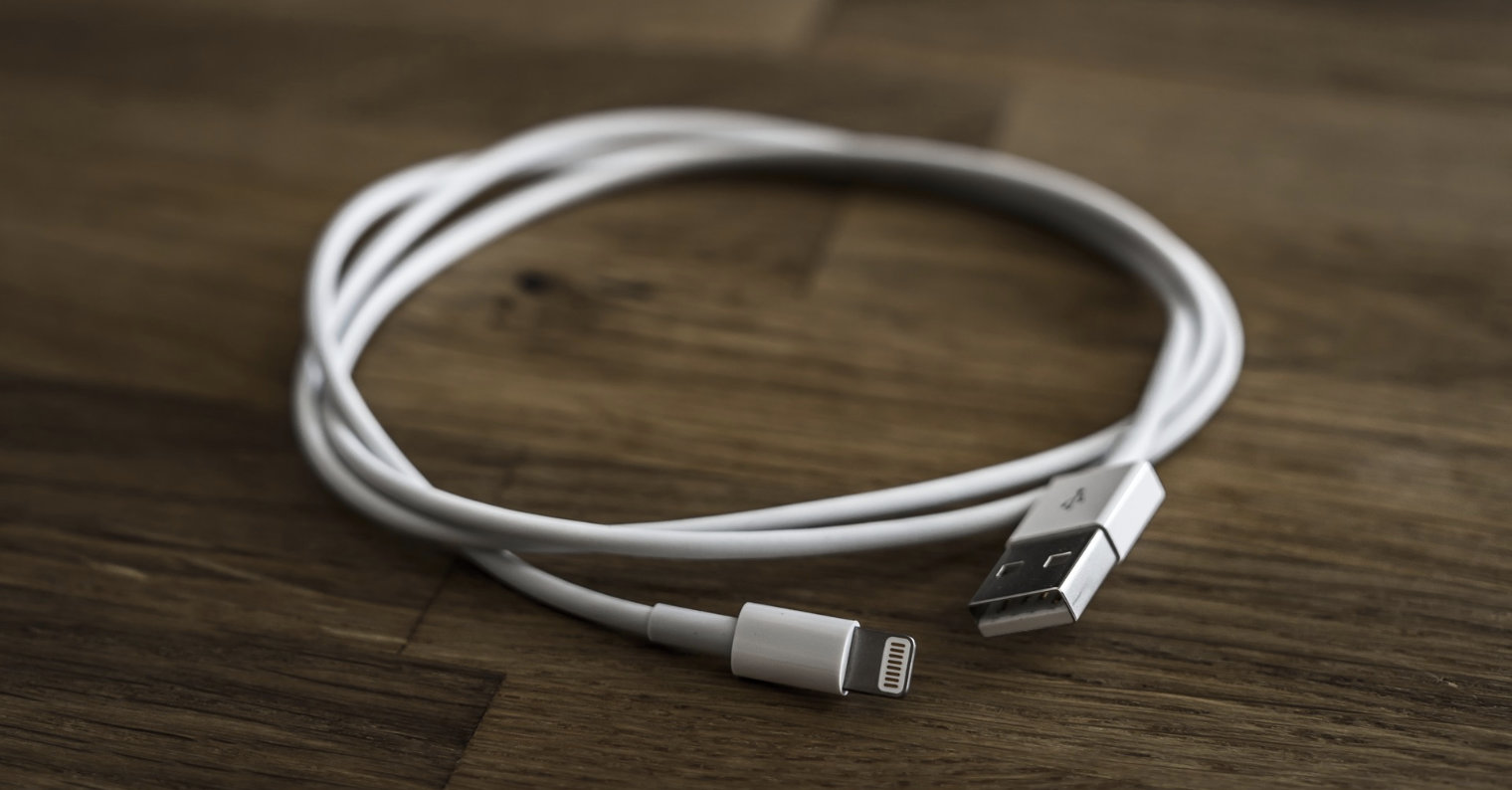
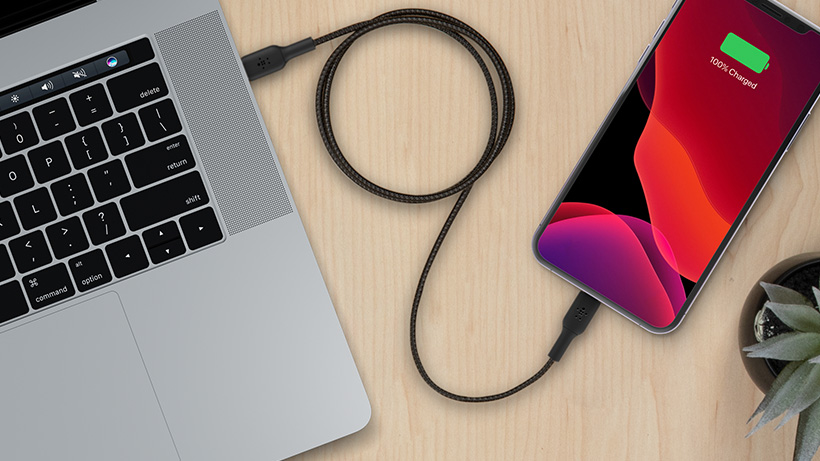
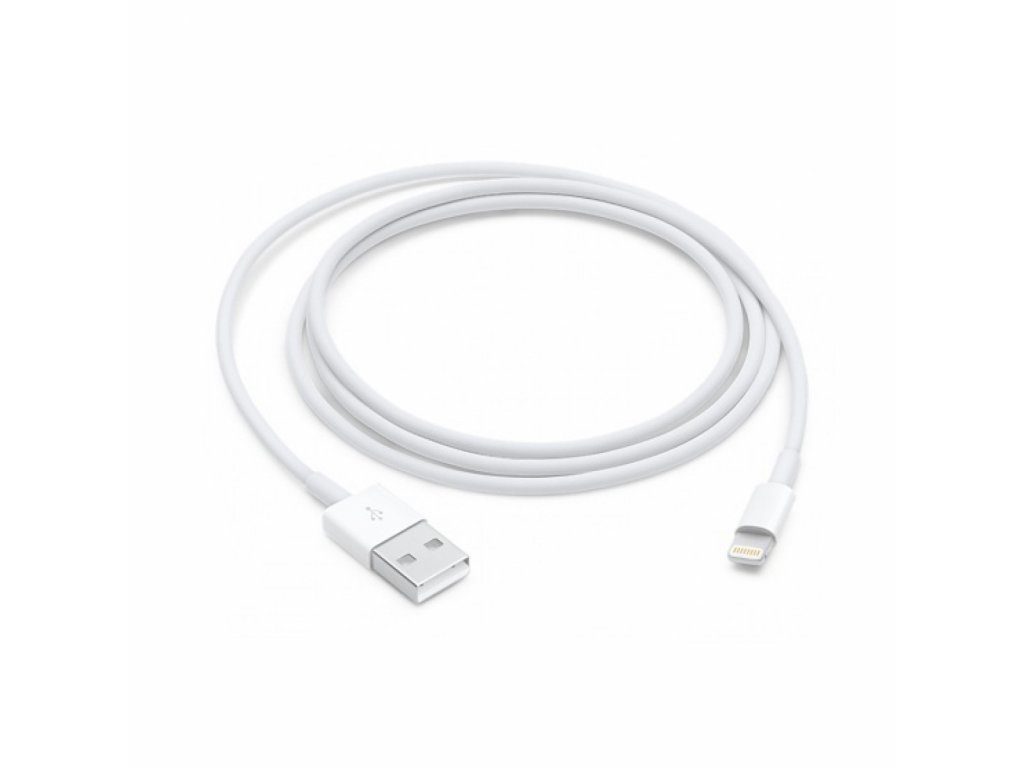
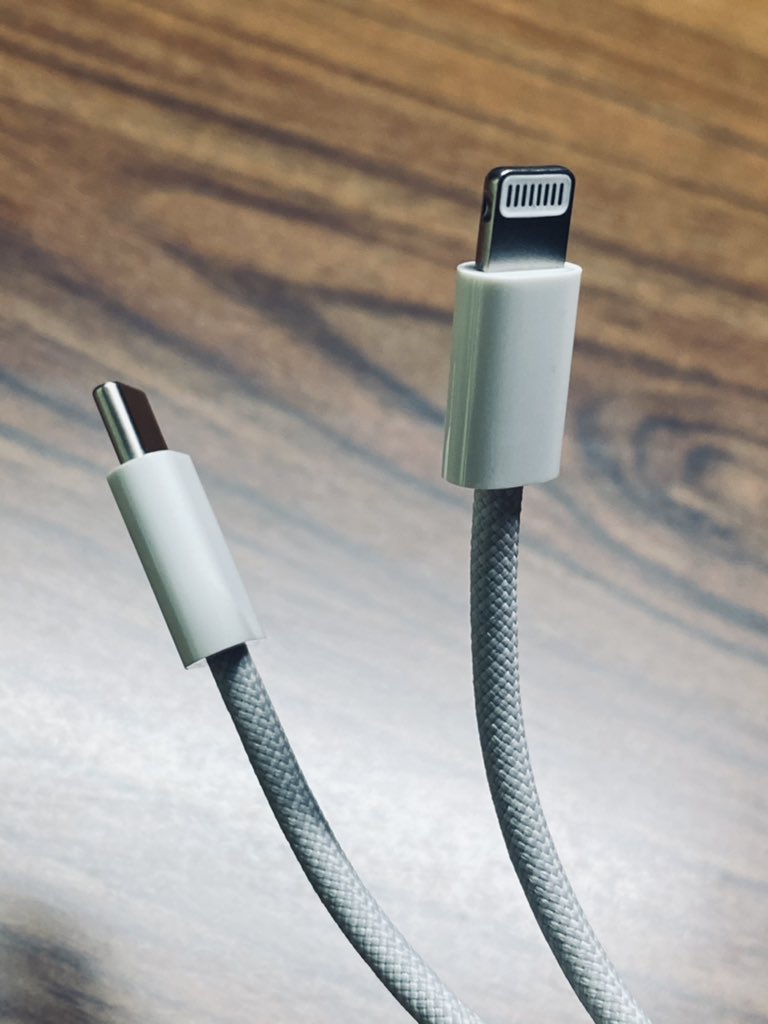

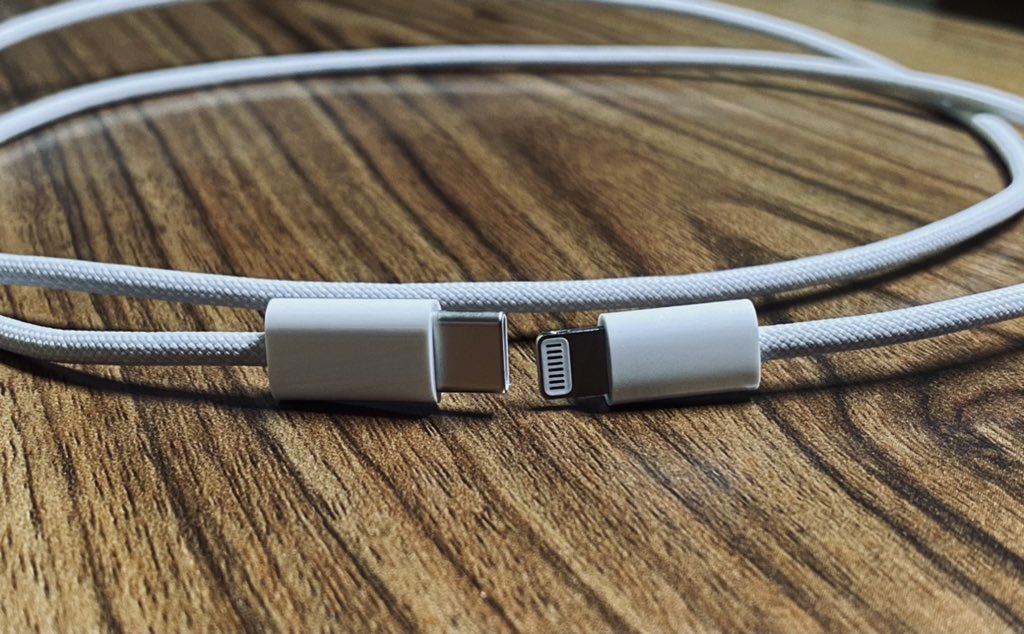
 Adam Kos
Adam Kos
If I had to compare the convenience of connection, it would definitely be Lighting. In the case of USB-C, it bothers me that there is a beak inside, and I always feel like I'm going to break it off when plugging it in. USB-C is just not "female" :-)
I don't know, I don't have a back tooth inside, but that's okay. How many connectors have already broken off? So this argument, I am absolutely out. On the other hand, the unequivocal drawback of Lighting is the external contacts.
Why should it break? 🤦♂️ I really don't understand why bloated machines like iPhones have such an outdated connector...
>>>… when he has a better alternative at hand?
…. among the main ones is, for example, resistance.
… USB-C can easily break the tab
Really? Are you quoting texts consecutively? What is better about USB-C, when you yourself claim the exact opposite. Stick to the wording and don't read so much Android review.
The border that is in USB generally does not solve even USB-C and even adds to that. From a construction point of view, Lighting is much more durable and less prone to damage, and this is the main argument for its use. I dare say that the main goal is the reliability of Lighting compared to USB. It actually follows from your article, but for some reason it revolves around money, which is very trendy these days.
I've been using USB c for several years and nothing has ever broken, I really don't know what people do with it 🤦♂️
What is this nonsense? lightning is only there as a backup, everything is wireless?? :D